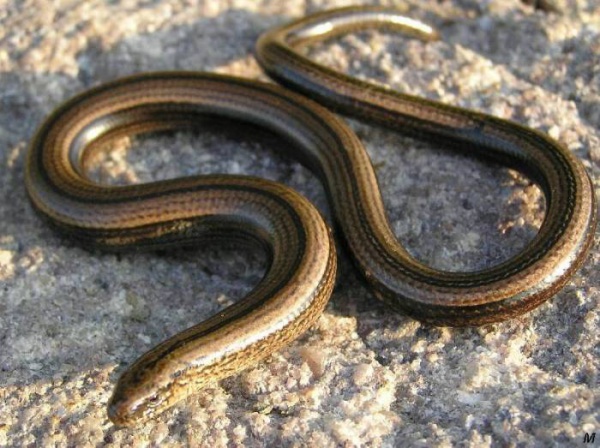Facts About Anguis
Slowworms are captivating creatures that, despite their serpentine appearance, are actually legless lizards belonging to the Anguidae family. This modest genus encompasses two extant species: the common slowworm (Anguis fragilis) and the Peloponnese slowworm (Anguis cephalonnica), along with up to three extinct species. Typically, slowworms exhibit a grey-brown coloration, with males often displaying a coppery sheen and black stripes, while females may feature electric blue spots.
One of the most intriguing aspects of slowworms is their viviparous nature, meaning they give birth to live young. When threatened, they can autotomize their tails to evade predators—a remarkable defense mechanism. Despite their resemblance to snakes, slowworms are unequivocally lizards; they possess distinctive characteristics such as eyelids, tiny ear openings, and notched tongues, which snakes lack.
Slowworms favor warm, sheltered environments such as woodlands, grasslands, heathlands, and even garden compost heaps. They are prevalent throughout Europe and parts of Asia, thriving in temperate and humid climates. During the colder months, typically from October to February or March, they hibernate to withstand the winter cold.
Diet-wise, slowworms have grooved teeth, well-suited for consuming soft invertebrates, including slugs, caterpillars, insects, spiders, and earthworms. While juvenile slowworms might tackle snails with easily breakable shells, adult slowworms generally avoid them.
In taxonomic terms, slowworms are part of the subfamily Anguinae and the genus Anguis. This genus includes species such as Anguis cephalonnica and Anguis fragilis, as well as extinct species like Anguis rarus and Anguis polgardiensis.

 Switzerland
Switzerland